Lupus is one of the deadly disease. This disease equivalent to cancer diseases, many world died because of this disease. Lupus disease attacks the human immune system is excessive, that it interferes with the body's health.
Causes of Lupus Disease
Cause of this disease is the production of antibodies or substances that are too excessive immune. Autoimmune disease Lupus disease accounted for at the time of disease lupus, the body may produce antibodies to destroy the actual germs or cancer cells in the body, but in autoimmune situations, these antibodies actually cause damage to the body's own organs. side of the body organs that are often destroyed: kidneys, joints, skin, heart, brain, and vascular system. the longer the system lasts destruction, more severe organ damage.
Lupus is like a combination of genetic and environmental factors. Many of those with a tendency to experience lupus derivative only complains when they are exposed to something in the environment that can trigger lupus, such as medications or virus.
Types of Lupus Disease
Common Symptoms of Lupus Disease
Lupus can affect various organs. Symptoms experienced are:
Causes of Lupus Disease
Cause of this disease is the production of antibodies or substances that are too excessive immune. Autoimmune disease Lupus disease accounted for at the time of disease lupus, the body may produce antibodies to destroy the actual germs or cancer cells in the body, but in autoimmune situations, these antibodies actually cause damage to the body's own organs. side of the body organs that are often destroyed: kidneys, joints, skin, heart, brain, and vascular system. the longer the system lasts destruction, more severe organ damage.
Lupus is like a combination of genetic and environmental factors. Many of those with a tendency to experience lupus derivative only complains when they are exposed to something in the environment that can trigger lupus, such as medications or virus.
Types of Lupus Disease
- Discoid lupus erythematosus
- Systemic lupus erythematosus
- Drug-induced lupus erythematosus
- Neonatal lupus
Common Symptoms of Lupus Disease
- tired
- fever
- Lost weight or weight gain
- Rash shaped like a butterfly on the face that covers the cheeks and nose
- Skin wounds or severe arising when exposed to sunlight
- Inflammation of the mouth
- hair loss
- Fingers and nails are white or blue when exposed to cold or during stress (Raynaud's phenomenon)
- shortness of breath
- Pain in the chest
- dry eyes
- easy bruising
- restless
- depression
- loss of memory
Lupus can affect various organs. Symptoms experienced are:
Blood: Nearly half of lupus patients suffer from anemia. In addition there is the number of platelets and leukocytes were lower than healthy people. This can cause easy bleeding and infection.
Kidney: Kidney damage is found in almost all patients with lupus. If the damage is severe then needed immunosuppressive treatment. It is important to periodically check urine for the early stages of kidney damage characterized by the presence of protein in the urine.
Eyes: Eye damage is rarely found in patients with lupus. Retinal damage can occur due to lupus treatment using antimalarial drugs (Chloroquine). When using this type of medication is needed to control the eye doctor regularly.
Heart and blood vessels: heart damage suffered by people with lupus are liquid in the pericardium, the vegetation on heart valves, atherosclerosis in the arteries and pain in the fingertips DNA bluish color changes to white when exposed to cold air and emotions are rising called Raynaud's phenomenon.
Musculoskeletal system: Pain in joints on both sides (left and right) without damaging the joints. Often on the hands, knees and wrists. Sometimes accompanied by a sense of weakness and pain in the muscles.
DNA hair skin: Skin involvement occurs 90% of lupus patients. In a classic match facial flushing are triggered by exposure to sunlight. It also found discoid lesions on the skin. Especially on the forehead hair to fall out. Skin lesions and hair can be removed with a good treatment.
Nervous system: brain disorders, neurological and psychiatric were found in 15% of patients with lupus. Abnormalities may include seizures, muscle weakness, depression, anxiety and stroke.
Lung: Shortness of breath is felt in people with lupus can be caused by the presence of fluid in the pleura and also due to a lung infection (pneumonia).
Lupus disease risk factors
Although the doctor not know what causes lupus in many cases, they have identified factors that increase the risk of this disease, among others:
- age
- sex
Lupus is more common in women.
- Exposed to chemicals
Several studies indicate that those who work and are prone mercury and silica exposure had an increased risk of lupus. Smoking can also increase the risk of developing lupus.
- certain drugs
Certain drugs used for long periods can cause drug-induced lupus. Many drugs can potentially trigger lupus, for example, include the antipsychotic chlorpromazine; medication high blood pressure, such as hydralazine; tuberculosis drug isoniazid and the heart medication procainamide. Usually requires the use of a period of several months before symptoms arise.
- Infected with Epstein-Barr virus
Is a virus that is usually dormant in the cells of your immune system even though it is not clear why and what makes the virus is active again.
How to treat lupus disease
until now has not been found a new drug to treat lupus disease, although there are a number of new drugs, but it is still being studied or are still in clinical trials. However, early diagnosis and prompt treatment can significantly help control the disease and its symptoms. Effectively treat lupus consists of minimizing symptoms, reducing inflammation and pain, help maintain normal function, and prevent serious complications.
Because this disease affects everyone differently, treatment is usually tailored to the specific issues that arise in each person. Drug and dosage will also vary depending on the severity of the disease.
How to treat lupus disease
until now has not been found a new drug to treat lupus disease, although there are a number of new drugs, but it is still being studied or are still in clinical trials. However, early diagnosis and prompt treatment can significantly help control the disease and its symptoms. Effectively treat lupus consists of minimizing symptoms, reducing inflammation and pain, help maintain normal function, and prevent serious complications.
Because this disease affects everyone differently, treatment is usually tailored to the specific issues that arise in each person. Drug and dosage will also vary depending on the severity of the disease.
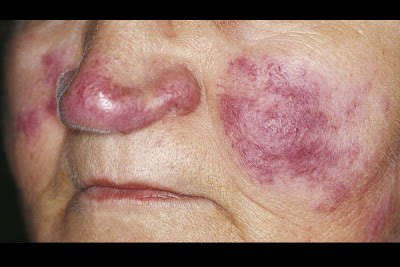
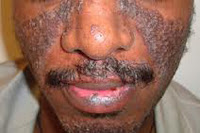
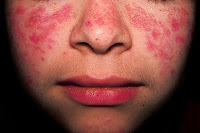



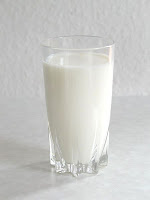

.jpg)
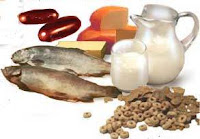

.jpg)
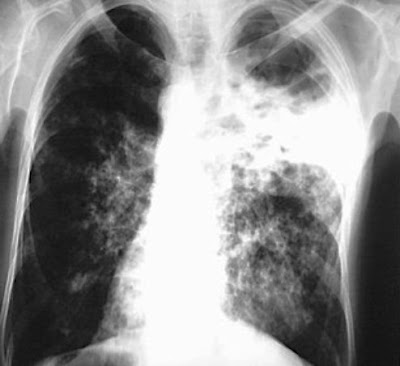


.jpg)
.jpg)
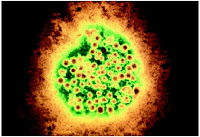


.jpg)
.jpg)

.jpg)

.jpg)
.jpg)

.jpg)
.jpg)
.jpg)
.jpg)



